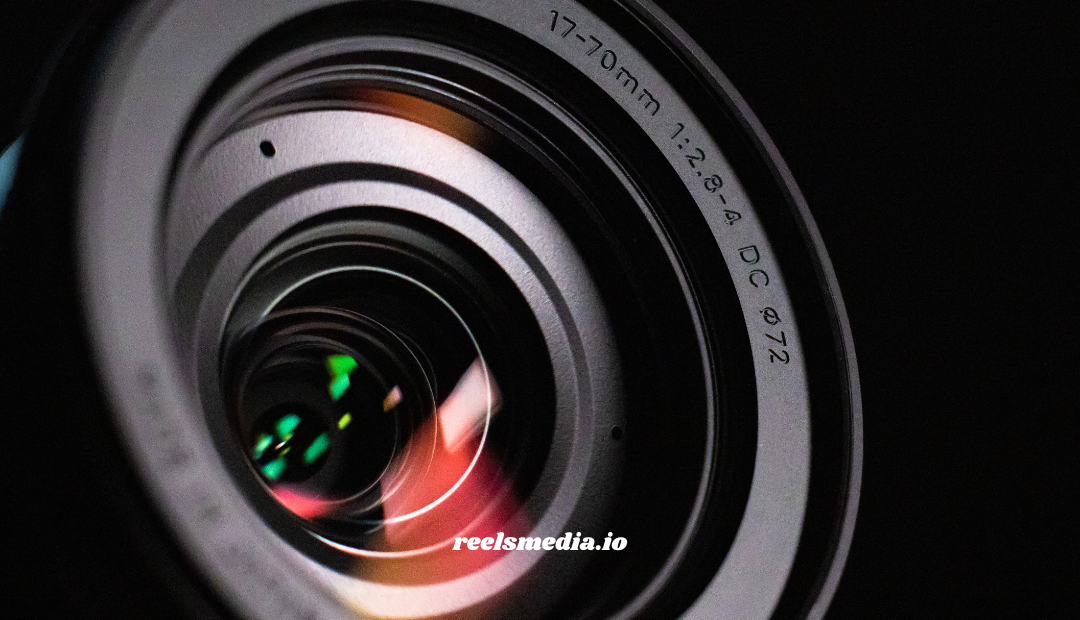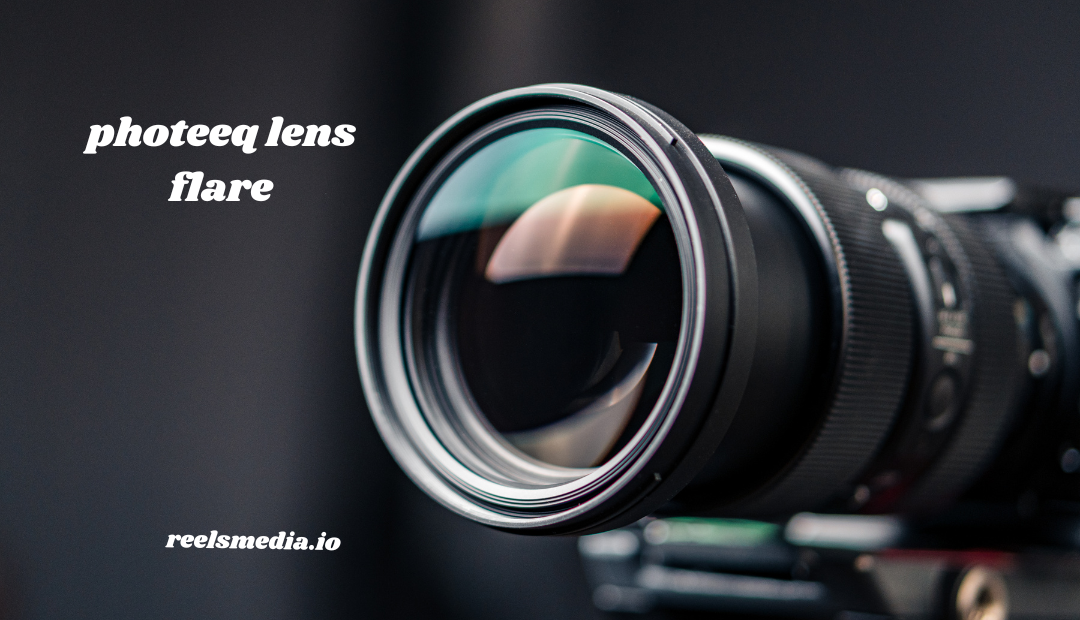In my journey with photography, I’ve photeeq lens flare seen how lens flare can feel like a flaw or a stylistic touch that changes the mood and story of an image. The Photeeq tool gave me the chance to recreate, control, and add precision to this phenomenon, bringing a cinematic sense of magic to photos without losing quality. I remember pressing the shutter, only to see unexpected glow and orbs on the screen, lowering clarity and contrast.
Over time, I realized every photographer faces this optical effect, but with a bit of know-how, it becomes possible to prevent it when unwanted and use it creatively when it adds magic. For me, learning about lighting and conditions that often inspire photography helped me see how mastering flare can set your work apart. Today, I embrace both the challenges and rewards of dealing with it.
What is Photeeq Lens Flare?
The photeeq lens flareis a photo editing feature built into its plugin, and it lets you simulate or enhance natural flare effects. You get control over intensity, color, and placement, offering more flexibility than traditional techniques where bright light scatters through the lens.
When I first understood how unwanted light can start bouncing inside a camera, hitting glass, the sun, a streetlamp, or even a reflection, I noticed the tiny elements in the lens caused artifacts we call flare. Sometimes it showed as glow, sometimes as rings or hexagons, each telling its own story.
Why Use Photeeq Lens Flare?
I’ve used it for the cinematic appeal, often chasing that glowing atmosphere I admire in films. It brings emotional storytelling alive, using light for nostalgia, romance, or even drama in portraits or travel shots.
With creative control, I could adjust the intensity without losing other details in the image. The time efficiency mattered most, since capturing real flare in the field takes too much trial and error.
Key Features of Photeeq Lens Flare
I enjoy placing a customizable light source in the right position, making it feel more natural. I often use color temperature control, from golden-hour warmth to cool blue sci-fi tones, depending on the mood.
The intensity and opacity settings let me choose between subtle effects or bold visual impact. By trying lens simulation profiles, whether vintage, modern, or cinematic, I can bring unique styles. And with preview edits that load instantly, decisions feel much easier.
Types of Lens Flare
I’ve seen veiling appear as a soft, hazy glow, reducing contrast and muting colors, adding a dreamy look. Stray scattering of light often creates undefined patterns, which can look good or distracting.
Another type is ghosting, where geometric circles or hexagons appear, often aligned with the sunlight. These reflections between elements can work as an artistic tool, adding depth and even an ethereal feel.
With digital cameras, I’ve also spotted sensor flares, bouncing reflections between the camera and lens, making spots or dots in strong artificial lighting. Less common are red dot flares, which form lines or patterns affecting clarity, though some use them as an artistic twist. I’ve also noticed streaks, polygons, and starburst rays emanate from a source for a dramatic effect.
The Science Behind the Glare
The layered rendering algorithms in the Photeeq plugin overlay generated flare patterns onto the image. It considers factors like light direction, reflections simulation, bokeh, and streak designs, so the flare blends naturally with shadows, highlights, and overall exposure.
Understanding how a lens made of glass can bend light, act as tiny mirrors, and cause a potent angle of ricochet between elements, helped me realize how flare comes alive. This scientific side improved my appreciation of the creative control Photeeq provides.
Factors Influencing Lens Flare
The quality of your lens coating makes a huge difference; higher quality lenses with special materials reduce scattering. The type of prime lens versus a zoom lens also affects how many internal elements handle the light.
Your aperture settings, especially higher f-stops, often make flare more pronounced, leading to striking patterns. The light angle matters a lot — shooting into the source increases potential flare.
I also found cleanliness critical; dust and smudges on the lens amplify unwanted reflections, so keeping things clean keeps images sharp.
When to Use Photeeq Lens Flare
For me, outdoor portraits feel magical when I add a dreamy halo with Photeeq lens flare. In landscape photography, I enhance sunrise or sunset shots with gentle touches.
I’ve also used it in event photography, where concerts or festival lights needed extra energy. In editorial or advertising, I use more stylized effects to grab attention.
Tips for Getting the Best Results
Always match the light source with the scene, so it aligns with existing highlights. Keep things subtle for realism, unless you want a fantasy or surreal style.
I recommend keeping intensity at a moderate level, choosing color harmony where the hue fits the palette. Sometimes I layer vignettes and contrast adjustments to add more depth.
Common Mistakes to Avoid
Many people overusing the effect find it can distract from the subject. Ignoring direction of light breaks realism.
Using mismatches of saturated tones in muted scenes leads to dissonance, so it’s best to avoid that.
Creative Uses of Lens Flare
Placing the light source on the edge of the frame helps me create interesting looks. By playing with aperture, I enjoy different patterns.
In portraits, a romantic, nostalgic quality makes them feel more alive and authentic. Shooting at golden hour adds natural warmth and a cinematic charm.
How to Avoid Lens Flare
I rely on a lens hood as my best defense, since it blocks unwanted light. Sometimes I reposition the camera so the source isn’t facing directly.
Using a prime lens with fewer elements helps me get clearer images. Or I use my hand as a quick fix to shield against stray light in the field.
Keeping my lens clean, free of dust and smudges, minimizes reflections.
Post-Production: Fixing or Enhancing Lens Flare
When removing flare, I use spot healing or a brush, sometimes the clone stamp, or dehaze with contrast adjustments. Gradient filters also help balance.
For fun, I also try overlays, flare brushes in Photoshop or smartphone apps. I can even simulate it digitally for natural results.

Photeeq Lens Flare vs In-Camera Lens Flare
The consistency of multiple shots using Photeeq matters when I need the same look. I love the ability to remove or modify flare after shooting.
Most of all, it gives me the freedom to experiment without costly reshoots.
Who Can Benefit from Photeeq Lens?
I’ve seen professional photographers use it for commercial work with cinematic polish. Many content creators love it to boost their social media posts.
It’s also popular with graphic designers who add dynamic lighting to composite images. Even filmmakers use it for stills, video footage, and controlled effects.
Final Thoughts
The Photeeq Lens Flare transformed what once felt like an unpredictable photographic accident into a powerful creative tool. Now I have control over every visual element, and I can make stunning, emotionally charged images with consistent results.
Whether I want realism or cinematic flair, the editing process feels more enjoyable. This journey taught me it’s not a flaw, but an effect to be understood.
By learning the types, their interactions with the camera, and my creative goals, I can decide if the flare enhances the frame or distracts. For me, it’s now a transformative toolkit for storytelling.
FAQs
What causes lens flare in photos?
A lens flare happens when bright sun or source enters, then reflects off elements, making scattered light. This often reduces contrast or appears as haze, spots, or geometric shapes.
How can I use lens flare creatively?
I like to shoot into a light source at golden hour, adjusting my angle and aperture to create artistic flares. It gives natural warmth and a cinematic mood.
Can lens flare be removed in editing?
Yes, a lens flare can be removed using editing tools like spot healing, clone stamp, or even dehaze and contrast in Photoshop or Lightroom.
Do lens hoods always prevent lens flare?
Lens hoods help reduce the chance of flare by blocking stray light, but they don’t always guarantee flare-free images when shooting into a source.
Should I add flare in-camera or in post-production?
Both work; in-camera keeps authenticity, while post-production with Photeeq, Photoshop, or overlays offers control.
